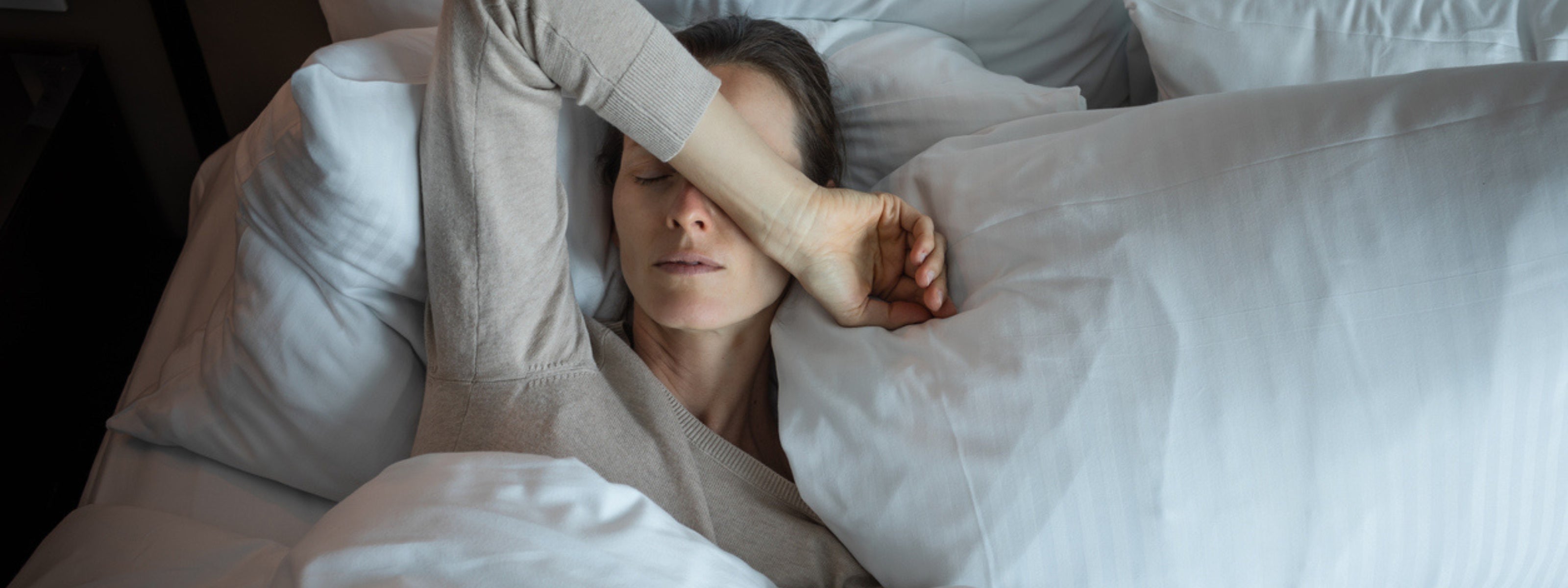Understanding Atypical Migraine Headaches: Symptoms and Treatment
What is an “atypical” migraine?
Most people picture migraine as a pounding headache with nausea and light sensitivity. Many of my patients, however, experience atypical migraine—episodes where the dominant features are dizziness, visual changes, abdominal upset, or neurological symptoms with little or no head pain. These patterns sit within recognised headache types in neurology but feel “atypical” to you because they don’t look like a classic migraine.
Common atypical migraine symptoms
- Vestibular disturbances: vertigo, rocking or spinning sensations, imbalance, motion sensitivity.
- Visual disturbances without headache (acephalgic/ocular migraine): flashing lights, zigzags, shimmering, or blind spots that typically resolve within 20–60 minutes.
- Abdominal symptoms: nausea, abdominal cramping, or vomiting—sometimes called abdominal migraine (seen in children and adults).
- Neurological aura symptoms: tingling, speech disturbance, brain-fog, or fatigue—with minimal head pain.
Migraine vs other headache types
When we talk through your history, I differentiate migraine from tension-type headache and cluster headache. Understanding your migraine types clarifies why you feel as you do and guides headache management choices.
When to seek urgent care
If you ever develop the worst headache of your life, a new neurological deficit (e.g., weakness), a new headache after head injury, fever with stiff neck, or a dramatic change in your usual pattern, please seek urgent medical assessment.
Migraine triggers: what commonly sets episodes off
Most patients have a personal mix of migraine triggers. We map yours together so you can reduce frequency and intensity.
Hormonal influences
- Menstrual cycle: perimenstrual drops in estrogen can prime attacks.
- Menopause: fluctuating hormones may increase episodes; stability often helps.
- Hormone therapy: occasionally useful, but we individualise and monitor.
Lifestyle & environmental triggers
- Stress, sleep loss, skipped meals, dehydration.
- Weather changes, bright light, strong smells.
- Dietary factors: aged cheeses, red wine/alcohol, processed meats; for some, too much or too little caffeine.
Your headache diary
Track date, time, migraine symptoms, potential triggers, and what helped. A simple diary transforms guesswork into a personalised plan for migraine relief.
Migraine diagnosis: how I assess atypical migraine
A good diagnosis starts with a detailed story. I’ll ask about onset, frequency, duration, associated features (e.g., vertigo, visual changes), and impacts on work and family life. We also discuss family history and medications.
Do you need tests?
There’s no single blood test for migraine. Imaging (MRI/CT) or vestibular testing is sometimes used to exclude other causes of unusual headache patterns or persistent dizziness. I’ll order tests only when the history warrants it.
Migraine treatment: acute, preventive & supportive care
Most patients do best with a layered plan—something for attacks when they happen, something to reduce overall frequency (especially in chronic migraine), plus everyday habits that support brain and vascular health.
Acute (attack) treatment for headache relief
- Simple analgesia: taken early at onset can help mild attacks.
- Triptans: targeted migraine medicines for moderate–severe episodes (timing is everything).
- Antiemetics: useful when nausea predominates, including vestibular flares.
- Hydration, dark/quiet room, cold packs: supportive measures that speed recovery.
Preventive options (reduce frequency & intensity)
- Beta-blockers, certain antidepressants, anti-seizure agents: evidence-based preventives—chosen to fit your profile.
- OnabotulinumtoxinA (for chronic migraine): can help when headaches occur ≥15 days/month.
- CGRP-targeted therapies: modern preventives for frequent migraine; we consider benefits, side-effects, and costs together.
- Hormone strategies: in perimenopause or with cycle-linked attacks, carefully individualised.
Complementary & behavioural therapies
- Biofeedback and relaxation training: lower muscle tension and autonomic arousal.
- Mindfulness, yoga, paced breathing: practical tools that reduce stress reactivity—common migraine triggers.
- Acupuncture: some patients report fewer attacks; we use it as an adjunct if helpful.
- Sleep hygiene & regular movement: consistency is protective for the migraine brain.
Atypical migraine without headache: what it means
If you experience atypical migraine without headache—for example, visual aura or vertigo with no pain—you’re still having a migraine event. We treat the event pattern you actually experience, not just head pain. That may mean prioritising anti-nausea medicines, vestibular rehabilitation strategies, or earlier use of triptans at aura onset (if appropriate for you).



